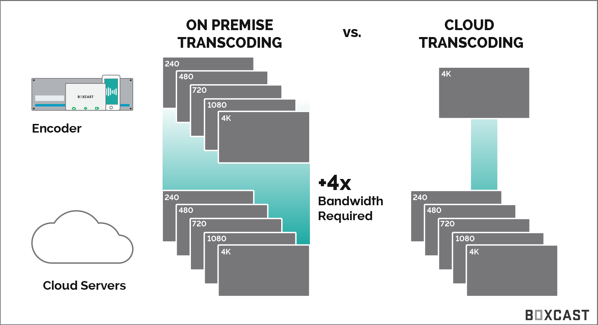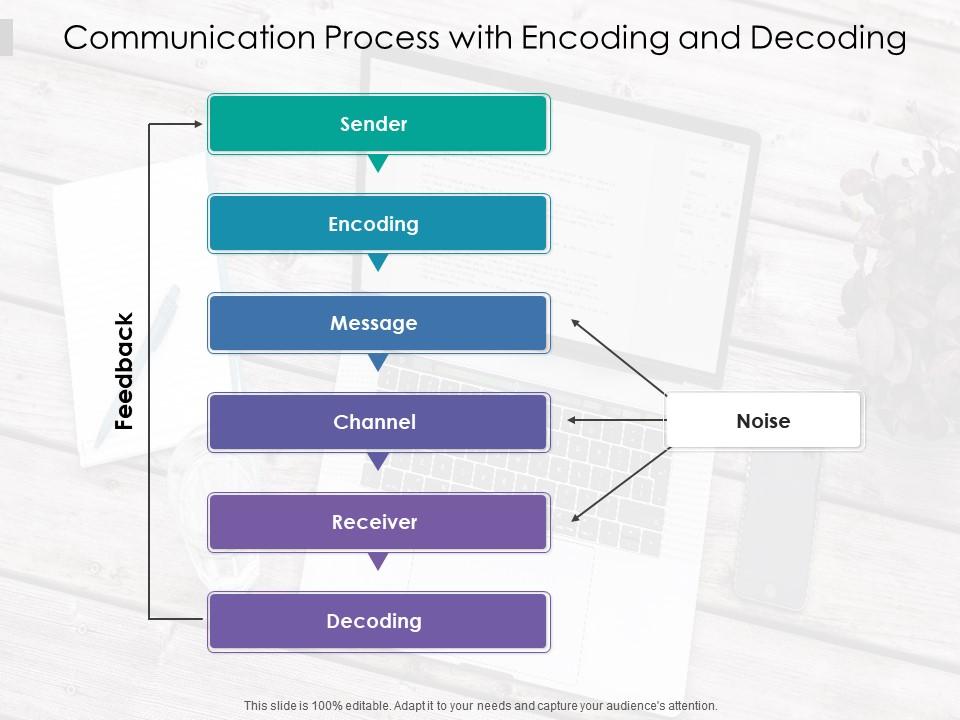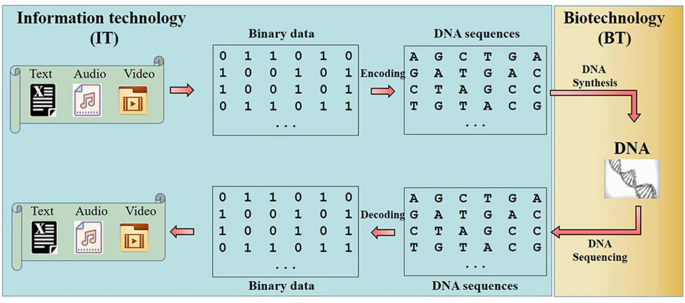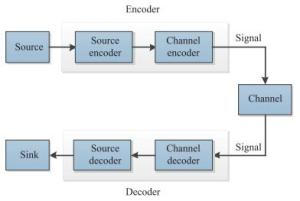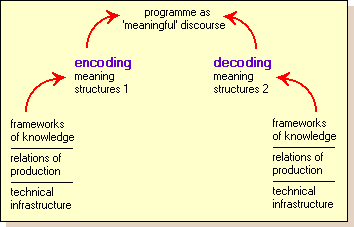Encoding and decoding are two important processes that are essential for effective communication. Encoding refers to the process of converting information into a format that can be transmitted or stored, while decoding refers to the process of interpreting and making sense of the encoded information.
The process of encoding begins when a sender has a message that they want to communicate to a receiver. In order to transmit the message, the sender must first convert the information into a form that can be understood by the receiver. This process involves selecting and organizing the information, and choosing an appropriate method for representing it.
There are many different methods that can be used for encoding information, and the choice of method will depend on the nature of the information and the context in which it is being transmitted. For example, if the information is in the form of text, it might be encoded using a writing system such as the alphabet. If the information is in the form of a spoken message, it might be encoded using language or speech sounds. If the information is in the form of a visual image, it might be encoded using colors, shapes, or patterns.
Once the information has been encoded, it can be transmitted to the receiver through a variety of different channels. These channels might include face-to-face communication, telephone calls, written messages, or electronic media such as email or social media.
The process of decoding begins when the receiver receives the encoded message. In order to make sense of the message, the receiver must interpret the encoded information and convert it back into a form that can be understood. This process involves analyzing the information, organizing it, and applying any necessary background knowledge to understand its meaning.
The success of the decoding process depends on several factors. One important factor is the degree of familiarity that the receiver has with the encoding method used by the sender. If the receiver is familiar with the method, they will be able to interpret the message more easily. Another important factor is the clarity and coherence of the message. If the message is clear and well-organized, it will be easier for the receiver to decode.
Overall, the process of encoding and decoding is a crucial element of effective communication. By converting information into a form that can be transmitted and understood, we are able to share our thoughts, ideas, and feelings with others in a way that allows for mutual understanding.
